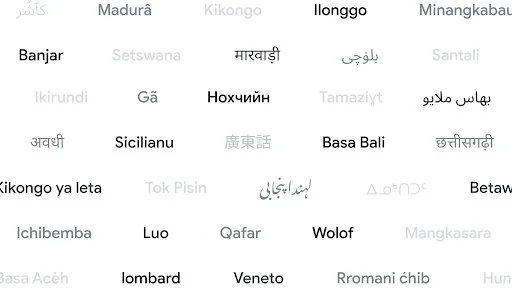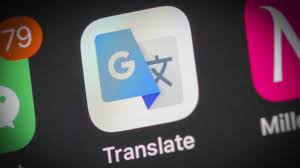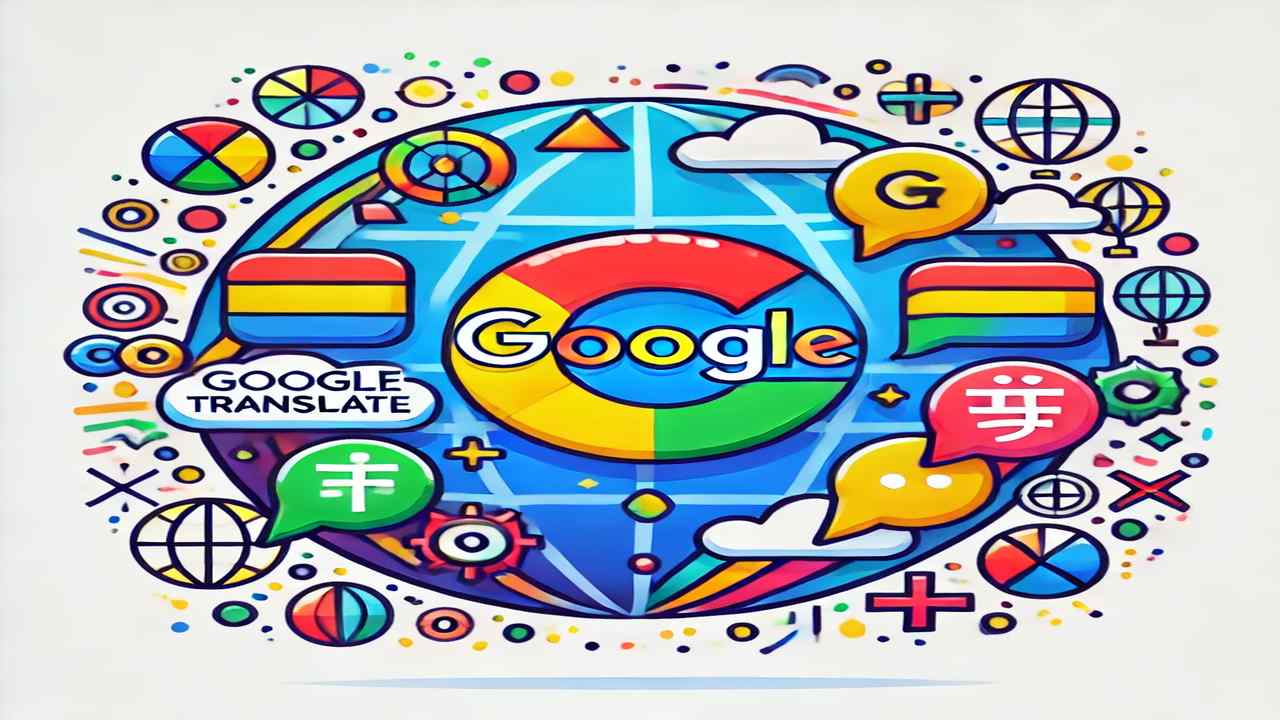In an exciting development for global communication, Google has announced that it will be adding 110 new languages to its popular translation service, Google Translate. This significant update aims to break down language barriers further and make the world more connected. Let’s get into what this update entails and what it means for users around the globe.

Expanding Global Reach
Google Translate, which already supports over 100 languages, has been a vital tool for bridging linguistic gaps since its inception. With the addition of 110 new languages, the service’s reach will expand dramatically, encompassing languages spoken by millions of people who have previously been underserved by translation technologies.
The Importance of Language Inclusion
Language is more than just a means of communication; it’s a crucial part of cultural identity. By including more languages, Google is not only facilitating easier communication but also promoting cultural preservation and understanding. This update is particularly significant for languages spoken by smaller communities that may have been overlooked in the digital age.
The Technical Feat Behind the Update

Adding new languages to a service as complex as Google Translate is no small feat. It involves extensive research, data collection, and the use of advanced machine learning algorithms. Google utilizes a combination of neural machine translation (NMT) and artificial intelligence (AI) to ensure the translations are as accurate and natural-sounding as possible.
Neural Machine Translation
NMT is a type of AI that uses deep learning models to improve translation quality. Unlike previous translation methods, which translated word by word, NMT translates whole sentences at a time, considering the context to produce more accurate and fluid translations. This technology will be crucial in integrating the new languages effectively.
Data Collection and Community Involvement
One of the challenges in adding new languages is the availability of data. For many of the new languages, especially those spoken by smaller communities, there is limited digital content available for training translation models. Google has addressed this challenge by collaborating with native speakers, linguists, and language experts to collect and verify data. This community involvement ensures that the translations are not only technically accurate but culturally relevant.
The Impact on Users
The addition of 110 new languages to Google Translate will have far-reaching impacts on both individual users and global businesses.
For Individual Users
For travelers, students, and everyday users, this update means greater accessibility and convenience. Users will be able to translate text, speech, and images in a wider variety of languages, making it easier to navigate foreign countries, understand academic materials, or communicate with friends and family who speak different languages.
For Businesses
For businesses, especially those operating internationally, the expanded language support will facilitate smoother communication with clients, partners, and employees worldwide. It will enable more accurate translation of documents, websites, and customer support interactions, ultimately improving global operations and customer satisfaction.
A Step Towards a More Inclusive Internet
This update to Google Translate is part of a broader effort by Google to create a more inclusive internet. By breaking down language barriers, Google is helping to ensure that more people can access and share information, participate in global conversations, and feel represented in the digital world.
Future Prospects
As Google continues to enhance its translation services, the future looks promising for even more advancements. The integration of new technologies, such as augmented reality (AR) for real-time translation and further improvements in AI, suggests that the accuracy and usability of Google Translate will continue to improve.
Conclusion
The addition of 110 new languages to Google Translate is a monumental step in making the world more connected and accessible. This update highlights Google’s commitment to inclusivity, cultural preservation, and technological innovation. Whether you are an individual looking to bridge language gaps or a business aiming to improve global operations, this expansion of Google Translate will undoubtedly be a valuable tool. As we look forward to these new languages becoming available, it’s clear that the future of global communication is brighter than ever.


































